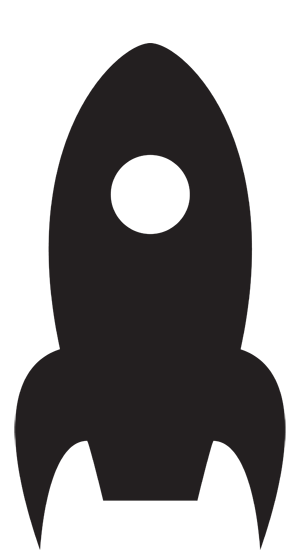September 3, 2016
A beginner's guide to RSS

RSS has been around for about 20 years, making it an old-timer on the Internet, but it has never really caught on as a popular way of reading news.
There are a couple of reasons for why this is so:
1. No one is really sure what RSS stands for, so it remains unfamiliar — unlike other Internet terms such as “email” or “website.” Wikipedia has three explanations — Rich Site Summary; originally RDF Site Summary; often called Really Simple Syndication. And that takes us another down the rabbit hole to find out what RDF means.
To counter this gobbledygook, RSS is often referred to as news feeds, or just feeds. Some websites get even more generic, using the term “follow”.
2. Almost all news sites have RSS feeds, but many make it difficult to find them. Twitter and Facebook icons are everywhere, but it’s rare to see the RSS icon prominently displayed. It’s a dot with two quarter-circles fanning out to the top right, usually on an orange background.
Take the Globe and Mail, for example. The home page has two places where you can either “Follow the Globe” or “connect with us.” You can find icons for Facebook, Twitter, YouTube, Google Plus, LinkedIn and Instagram — but not RSS.
They’ve actually got a ton of feeds, but you have to be savvy enough to think of clicking on the Site Map link to find them. There’s an RSS feed for every section.
It’s a shame because RSS has some big advantages over social media. The main one is that you get everything posted by the site in reverse chronological order, and it doesn’t go away until you mark it as read.
Twitter is a like a passing river. You have to keep watching it to make sure you don’t miss anything. Facebook is also like a river, but a weird river that only shows you what it thinks you want to see.
RSS is a like river with a dam in it. The news keeps piling up until you decide to look at it. That gives you a chance to at least scan all the headlines and decide for yourself which ones you want to read. When you’re done, you tap the Mark as Read button and they’re all hidden from sight.
You never miss anything this way, and don’t have to rely on software engineers at Facebook to decide what’s important.
RSS doesn’t have built-in functionality for sharing, but you can still do that via Twitter or Facebook just like you would with any other article you read on the Internet.
If you’re new to RSS, a great way to get started is with Feedly. The site presents a wide selection of popular feeds to get you started — just click on the big Discover and Follow button. You can find all those Globe and Mail feeds by performing a simple search. For sites that aren’t well-known, you can type in the URL and get a result.
You can also sort your feeds into categories of your choosing, and save articles to read later. The service is free for up to 100 feeds. Unless you’re an incurable news junkie, that should be plenty. It’s also available as an app for your phone.
